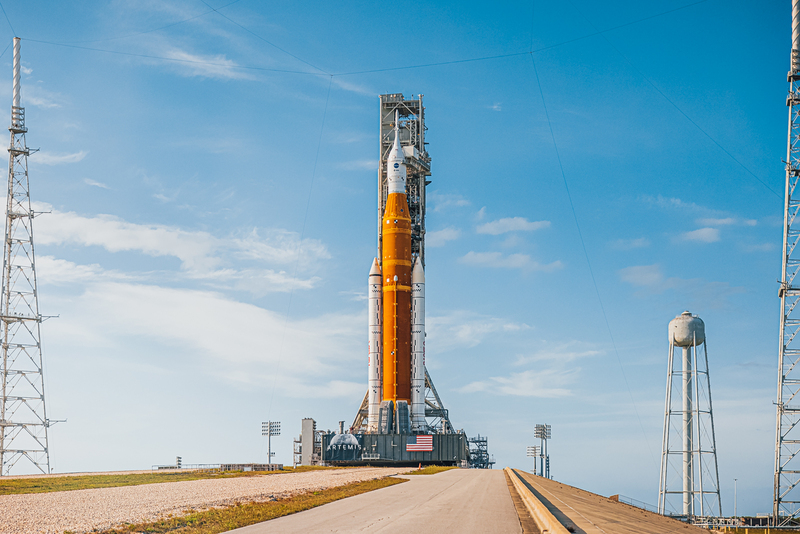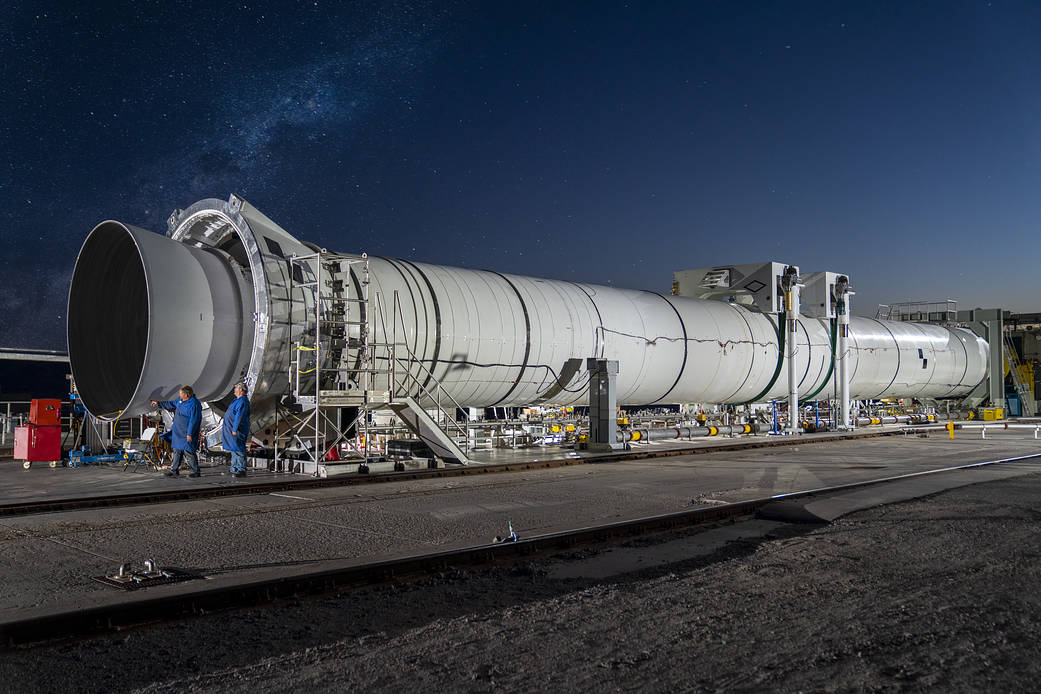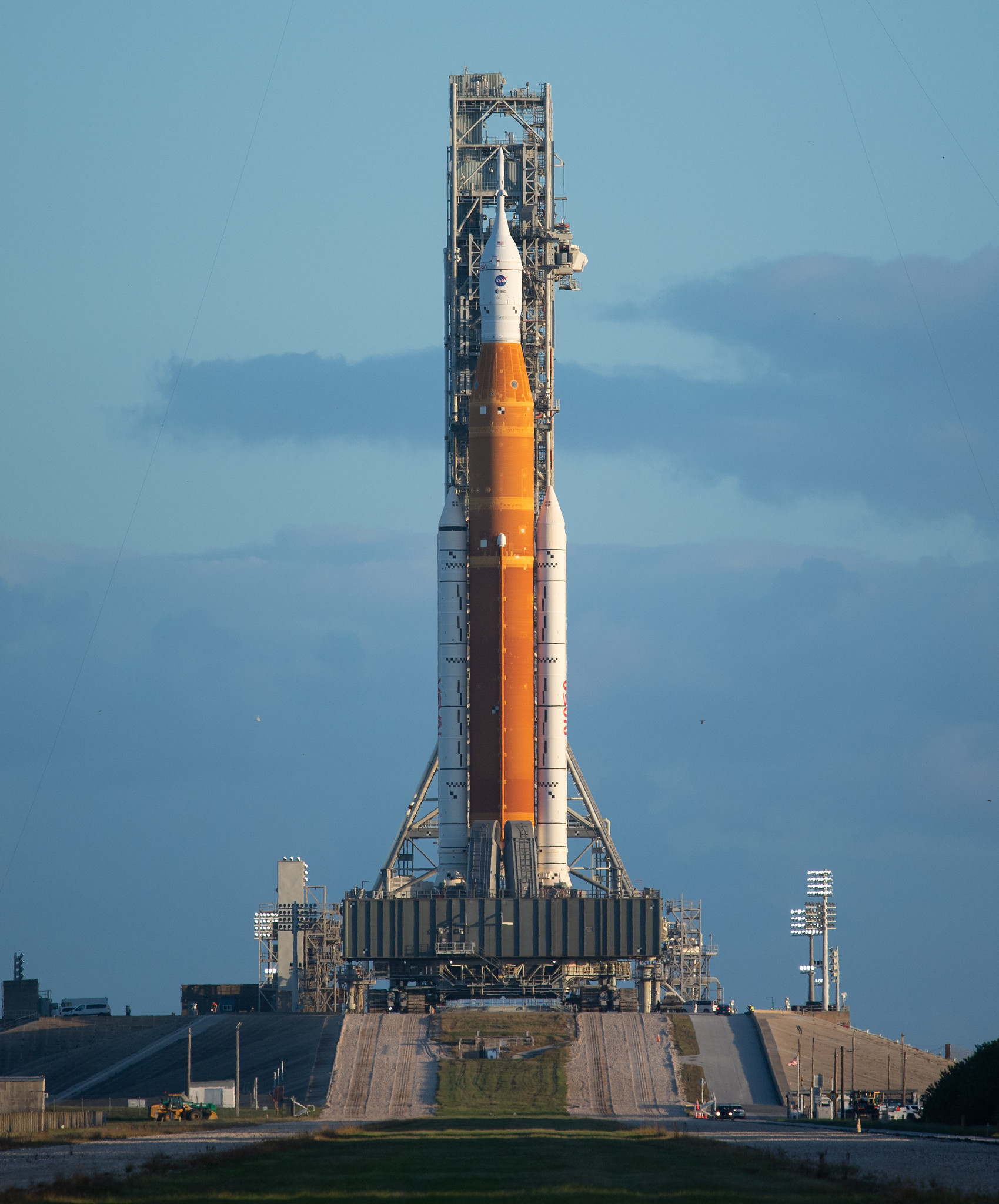The launch of NASA’s Artemis I mission to the Moon was facing another threat of disruption. A hurricane prevented the launch this week, and now the rocket has a new problem – its solid-state rocket boosters Space Launch System (SLS) are coming to an end.

The initial acceleration of the NASA mega rocket is provided by two solid-state rocket boosters that lift a superheavy fuel tank and an Orion spacecraft on top into the upper atmosphere. After repeated postponements, the launch of the SLS was postponed again from November 14 to November 16 due to the threat of Storm Nicole, which is approaching the Florida Space Coast. It was decided to leave the rocket on the launch pad 39B, because according to the forecast, the SLS should withstand wind speeds up to 110 km/h, which is acceptable.
Expiration date
Now that the Artemis 1 mission to the Moon has been postponed again, there are concerns that several components of solid-state rocket boosters built by Northrop Grumman will expire before launch. If Artemis I is not launched before mid-December, NASA will have to check the condition of the accelerators, which will delay the launch even longer.

“After installing the first segment of the rocket, the conditional hours of its expiration date are started. In the case of SLS, this period did not exceed 12 months at first. It has now been extended to 23 months. One fragment expires on December 9 of this year, and the other one expires on December 14 of this year,” explained Cliff Lanham, senior Manager of NASA Vehicle Operations.

If Artemis I is not launched by these dates, the mission team will have to hide the rocket in the hangar again, putting the mission on pause to conduct further analysis to determine the expiration date of the various components of the rocket.
Windows to launch
NASA is considering launching Artemis I on Wednesday, November 16. If successful, the launch will send the Orion capsule without a crew to orbit the Moon and back. The launch of the rocket will be the first mission of the Artemis program, which will eventually lead to the return of people to the Moon in 2025 or 2026 with the ultimate goal of creating a permanent base for astronauts to live on it.
Earlier we reported on the TOP 5 interesting facts about the NASA SLS rocket.
According to Space
Follow us on Twitter to get the most interesting space news in time
https://twitter.com/ust_magazine

